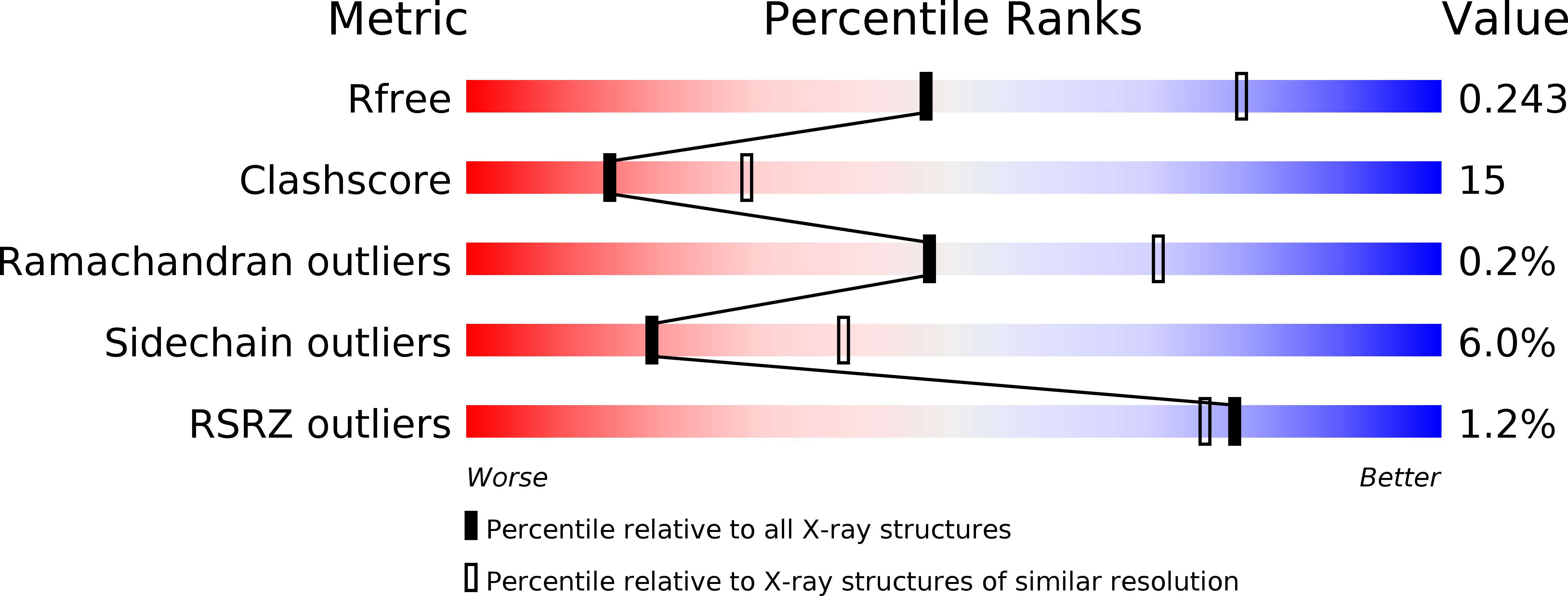
Deposition Date
2004-07-21
Release Date
2004-08-24
Last Version Date
2024-11-20
Entry Detail
PDB ID:
1U3C
Keywords:
Title:
Crystal Structure of the PHR domain of Cryptochrome 1 from Arabidopsis thaliana
Biological Source:
Source Organism:
Arabidopsis thaliana (Taxon ID: 3702)
Host Organism:
Method Details:
Experimental Method:
Resolution:
2.60 Å
R-Value Free:
0.25
R-Value Work:
0.20
R-Value Observed:
0.20
Space Group:
P 63 2 2


